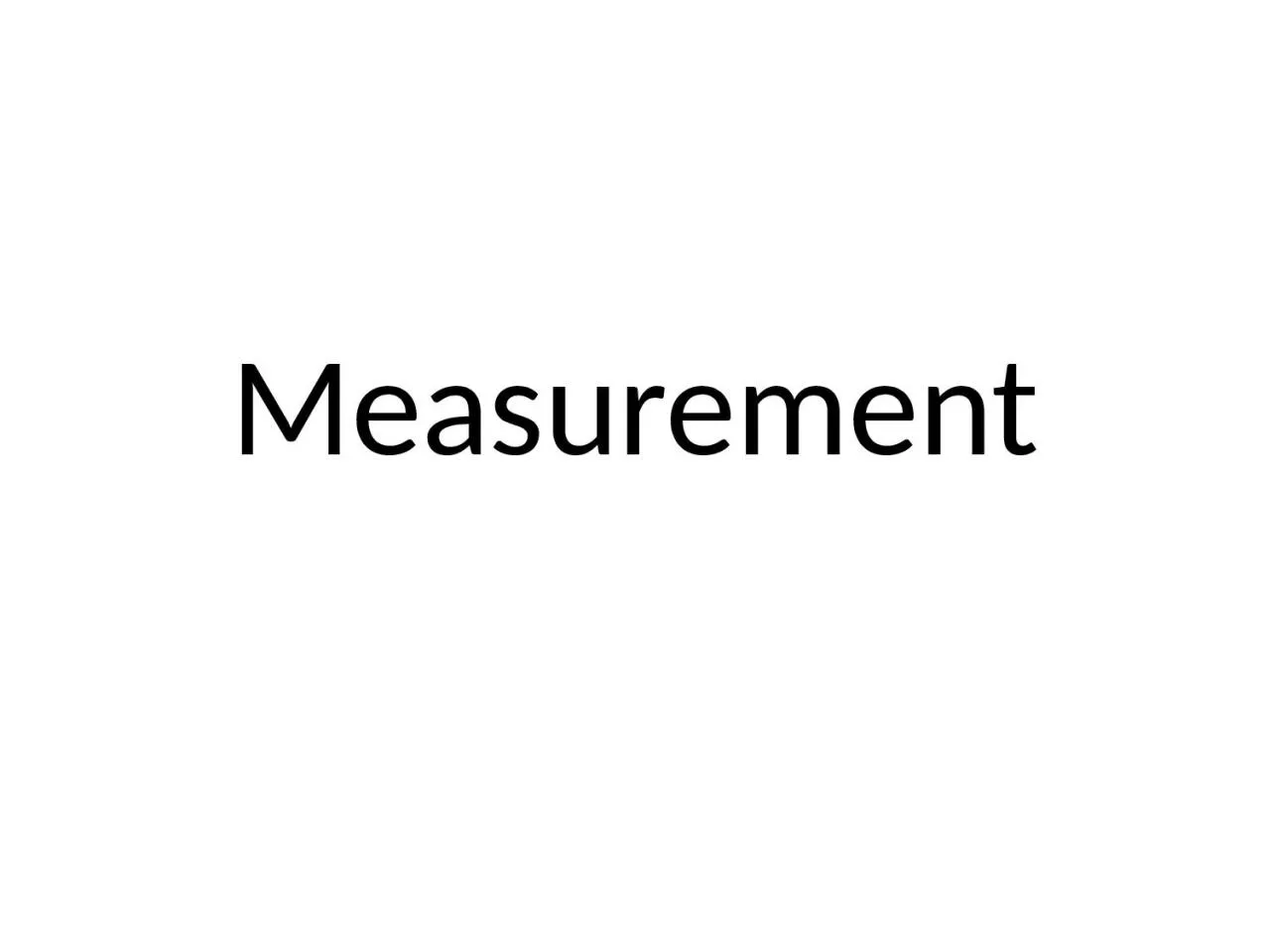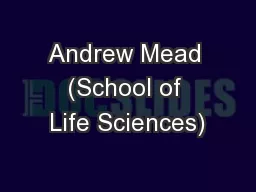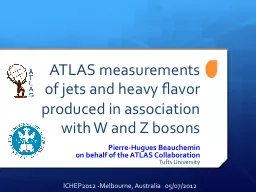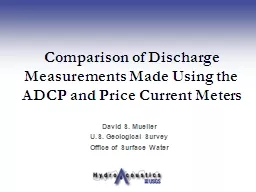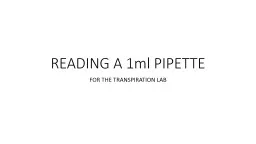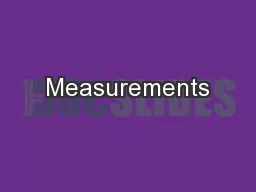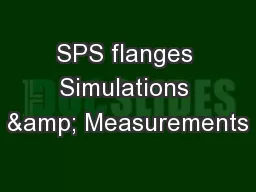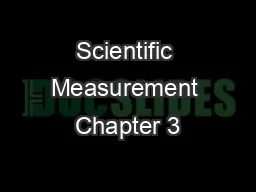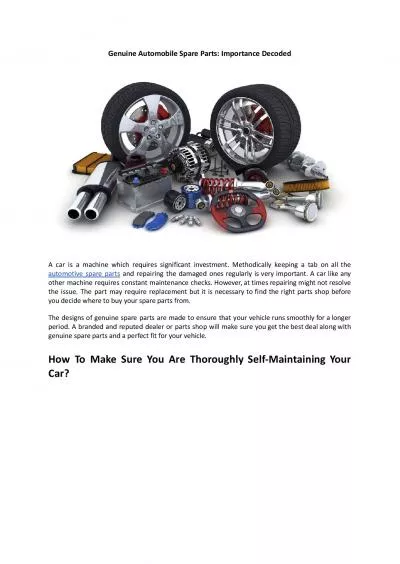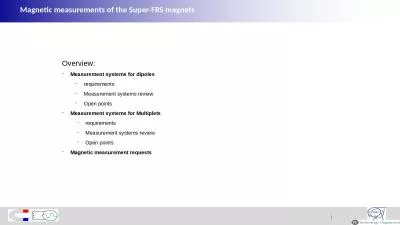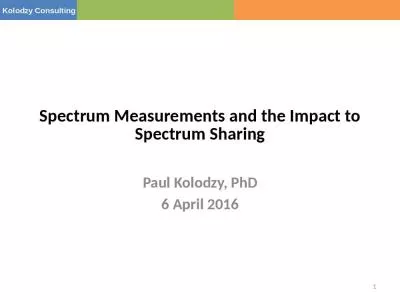PPT-Measurement Measurement Measurements have 2 parts:
Author : SugarPie | Published Date : 2022-07-28
A number A unit Example 5 cm Scientists and we will use the SI system Système International dunités The SI units METRIC There are only 3 countries in the
Presentation Embed Code
Download Presentation
Download Presentation The PPT/PDF document "Measurement Measurement Measurements hav..." is the property of its rightful owner. Permission is granted to download and print the materials on this website for personal, non-commercial use only, and to display it on your personal computer provided you do not modify the materials and that you retain all copyright notices contained in the materials. By downloading content from our website, you accept the terms of this agreement.
Measurement Measurement Measurements have 2 parts:: Transcript
Download Rules Of Document
"Measurement Measurement Measurements have 2 parts:"The content belongs to its owner. You may download and print it for personal use, without modification, and keep all copyright notices. By downloading, you agree to these terms.
Related Documents

